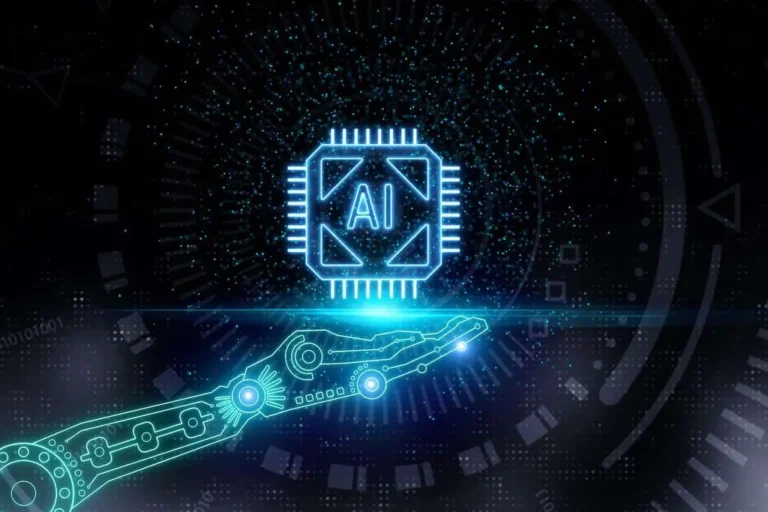What Is Sdlc? Software Program Improvement Lifecycle Explained
The planning section typically includes duties like cost-benefit analysis, scheduling, resource estimation, and allocation. The growth staff collects necessities from several stakeholders corresponding to customers, internal and external specialists, and managers to create a software requirement specification document. The Agile SDLC (Software Development Life Cycle) model is a flexible http://tet-a-tet-don.ru/bydyshee-yje-zdes-kompaniia-s-ynikalnymi-it-vozmojnostiami method to software growth that prioritizes collaboration, adaptability, and fast iteration. Unlike traditional models that observe a strict sequence, Agile allows groups to regulate their plans and incorporate suggestions at any stage, making it ideal for projects the place requirements might evolve. Among the benefits of utilizing software program improvement life cycles is that it ensures all project stakeholders, including clients, developers, and testers, share a unified vision of the product. This alignment contributes to better communication and collaboration amongst staff members, lowering misunderstandings and enhancing the likelihood of project success.
Comparative Analysis Of Different Sdlc Fashions
This will help your group build security into its software program from the start, guaranteeing a extra strong and safe end product. Then, we’ll focus on the role of cybersecurity inside the levels of the SDLC. Before we dive in, let’s make certain we perceive the what and the why of the SDLC. This mannequin involves repetitive cycles of development, permitting for feedback and improvement in every iteration. Phases are often repeated until the ultimate product is achieved with success. It embodies the planning, analyzing, and designing efforts of the preceding levels.
Levels Of Software Improvement Life Cycle
The Software Development Life Cycle (SDLC) is a course of that defines the tasks that software builders perform to plan, design, develop, test, and deploy software program. It is a systematic strategy to software development that aids within the creation of software to ensure that it’s developed in a constant and environment friendly method. The Big Bang mannequin is characterized by minimal planning and resource allocation. In this model, growth and coding begin with out intensive prior planning.
The ultimate stage of the software program development life cycle is upkeep and operations. This is one of the most crucial phases as a outcome of it’s when your hard work will get put to the take a look at. Once you’ve give you some ideas, it is time to manage them into a cohesive plan and design. This requires plenty of research and planning to guarantee that your final product meets your expectations (and those of your customers). The huge step is creating an in depth project plan document and work breakdown structure that outlines the necessities. Software improvement life cycle (SDLC) is the time period used within the software program industry to explain the method for creating a model new software product.
This is then presented to the end-users for deciding the anticipated points, opportunities, and directives. It will also allow organizations to finalize the deadline for software program software improvement. While SDLC was a way to introduce cost-efficiency whereas assembly enterprise needs, in some cases, the exact opposite resulted. Companies using on-site infrastructure deployments experience update cycles that can take years with an total low software program performance as output.
This permits any stakeholders to safely play with the product earlier than releasing it to the market. Besides, this allows any ultimate mistakes to be caught earlier than releasing the product. In different words, the staff ought to decide the feasibility of the project and the way they can implement the project successfully with the lowest risk in mind. Next, let’s explore the completely different stages of the Software Development Life Cycle.
SDLC accomplished proper can enable the highest degree of administration management and documentation. All events agree on the aim upfront and see a transparent plan for arriving at that aim. An extension of the waterfall model, this SDLC methodology exams at every stage of growth. Popular SDLC models embody the waterfall model, spiral model, and Agile model. During the testing section, the bugs are reported to the developers for fixes.
- Also, ensure you have correct guidelines in place concerning the code type and practices.
- Containers provide practically similar internet hosting environments, irrespective of the place they are deployed.
- It is the part the place developers begin to develop and build the whole software program software by writing code based mostly on the popular programming language.
- All parties agree on the aim upfront and see a clear plan for arriving at that goal.
- They repeatedly consider necessities, plans, and outcomes in order that they can respond shortly to alter.
- The most crucial aspect of the Software Development Life Cycle is to discover out totally different phases and their underlying actions to develop a high quality software software.
The Waterfall model is certainly one of the most generally accepted and classic SDLC models. In this method, the complete software growth process is split into distinct phases, and each section relies on the deliverables of the earlier one. It is a documentation-intensive mannequin, with every phase documenting what needs to be carried out within the subsequent phases. While it offers a structured and sequential method, it will not be appropriate for projects with evolving or unclear requirements. The Agile SDLC is broken down into six key phases, every designed to drive steady collaboration, feedback, and enchancment throughout the software improvement course of.
After profitable testing and approval, the program is ready for deployment. It is both moved to the manufacturing surroundings instantly or undergoes User Acceptance Testing (UAT), relying on customer expectations. UAT entails replicating the manufacturing environment and alluring each the client and development group to check the software completely. Once permitted, the software program is deployed to the live environment, making it accessible to end-users. SDLC models define the methodology adopted by the project group for the software growth lifecycle process, from begin to end.
Conceptually, the design flows from one phase down to the next, like that of a waterfall. Ensure everybody involved, from builders to key stakeholders, is on board with adopting Agile. Tools like monday dev can facilitate communication and maintain everyone aligned. This guide covers the Agile Software Development Life Cycle (SDLC), breaking down each part with actionable ideas and finest practices for teams aiming to implement Agile. No matter how proactive the safety measurements have been, safety issues can occur at any time. That is why it’s critical to have a dedicated group to deal with the duty.
This growth section goals to develop software program that’s practical, environment friendly, and user-friendly. Developers use an applicable programming language, Java or otherwise, to put in writing the code, guided by the SDD and coding guidelines. This doc, acting as a roadmap, ensures the software program aligns with the vision set in earlier phases. The fruits of these duties is an exhaustive Software Design Document (SDD). It meticulously details the software’s design, from system structure to knowledge design, and even person interface specifics. It’s an entire information involving seven key phases that assist groups navigate through the twists and turns of software program creation, making certain no side is ignored.
The spiral mannequin is an iterative software program development method that entails risk evaluation. The spiral mannequin’s phases are repeated a quantity of instances, with every iteration enhancing this system and reducing the likelihood of faults. It has a development that is linear, which signifies that every step of the event course of begins only after the preceding phase is completed. Planning, design, implementation, testing, deployment, and maintenance are the conventional steps.



